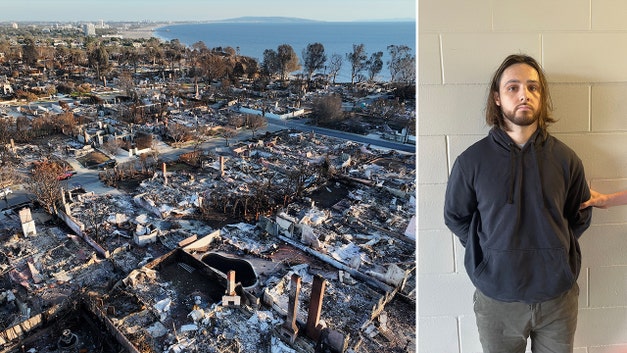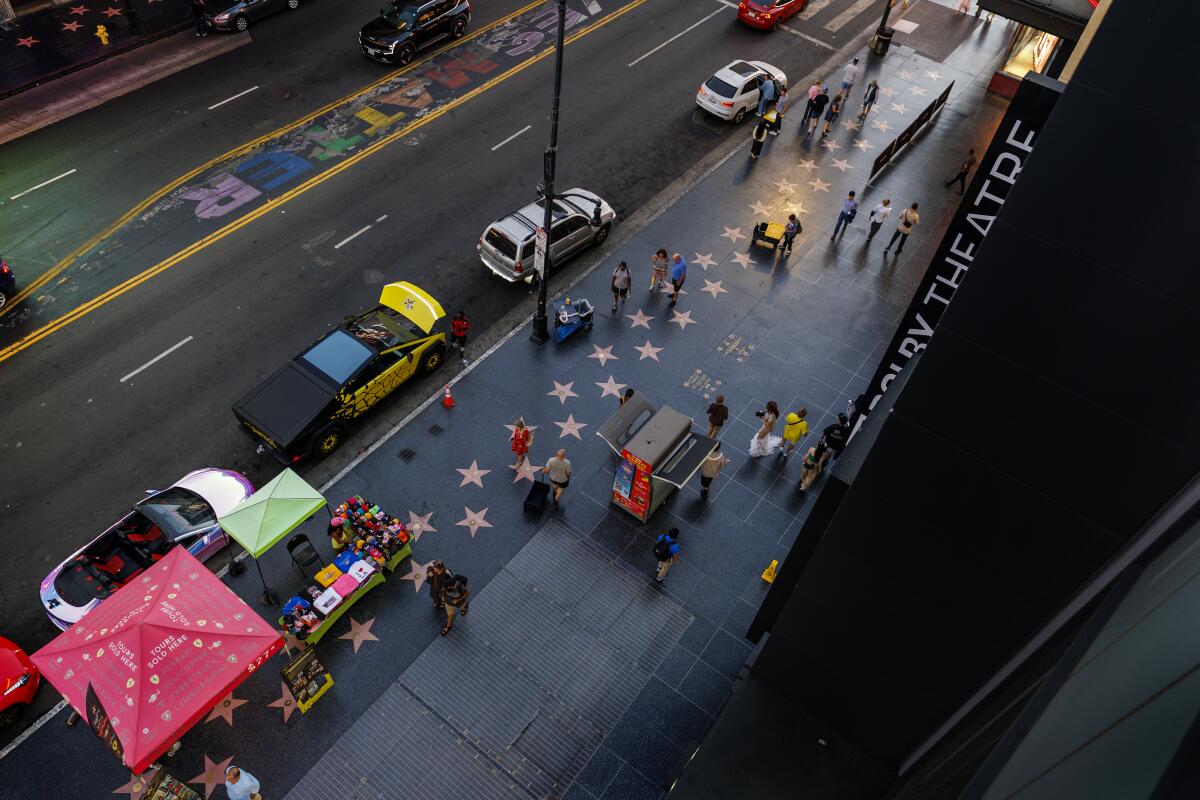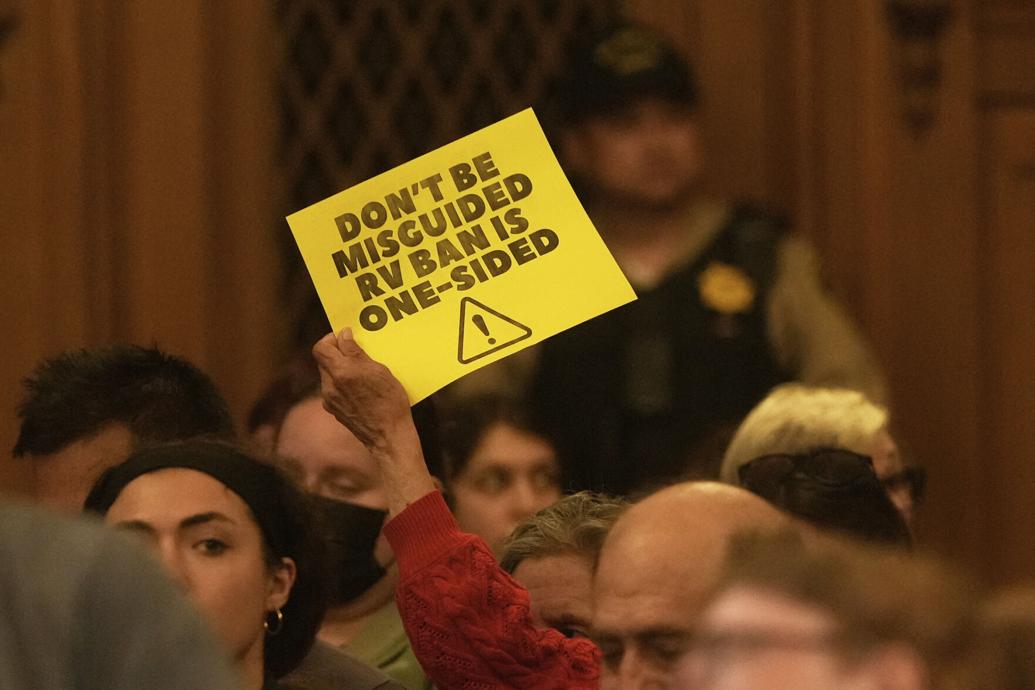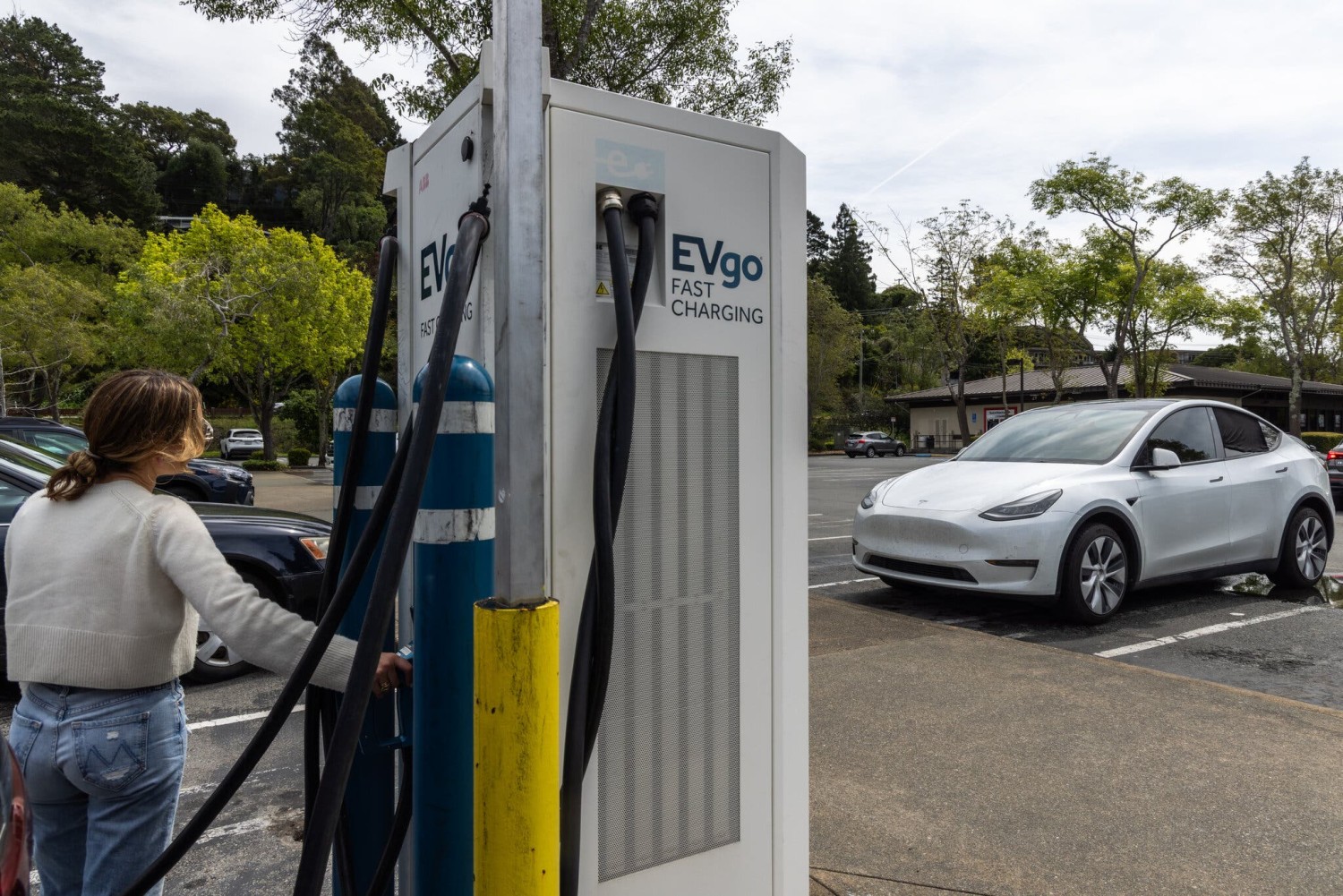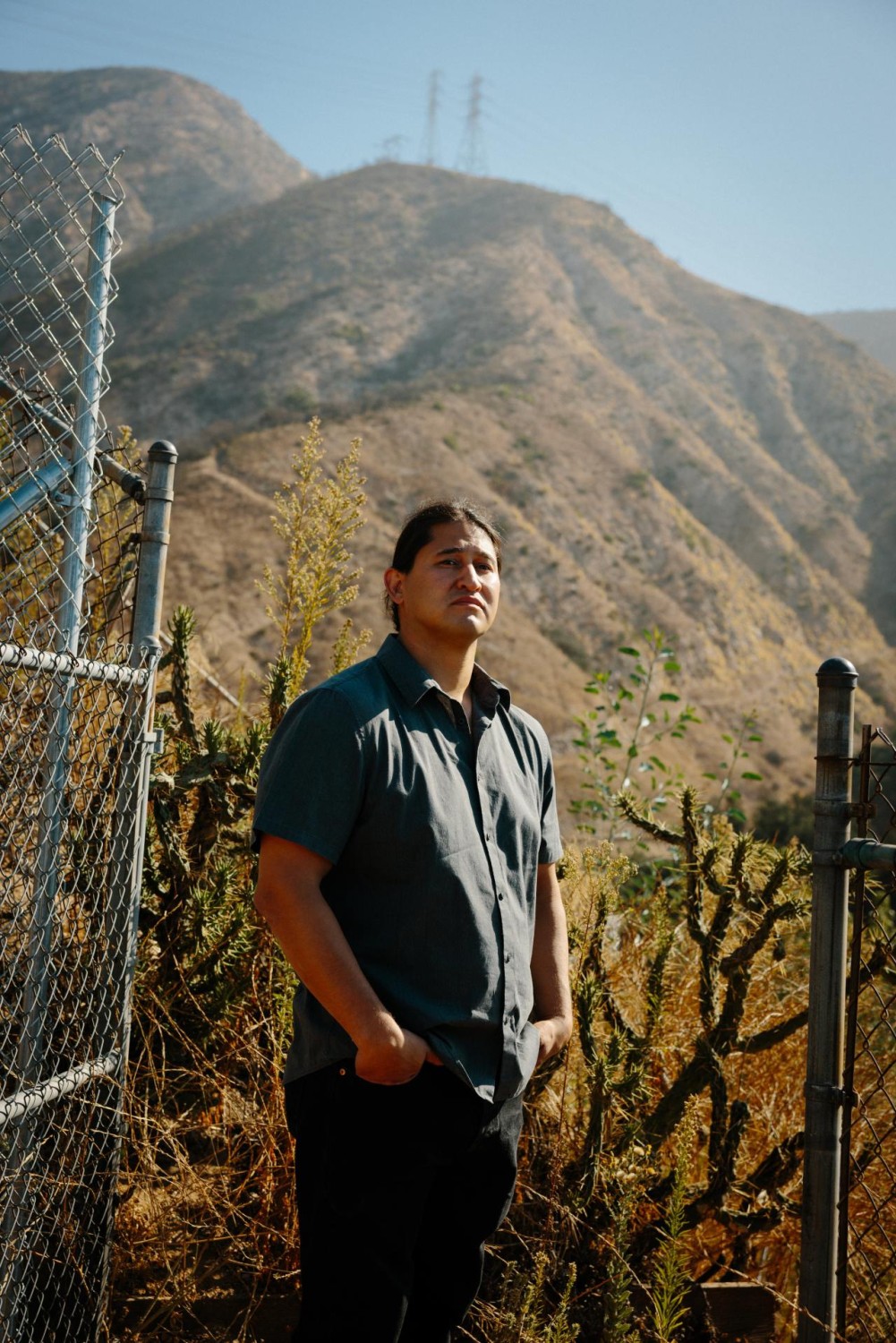
This article is more than
2 year oldA road to paradise paved in misery: 4 Pepperdine students are just the latest to die on Malibu’s broken highway
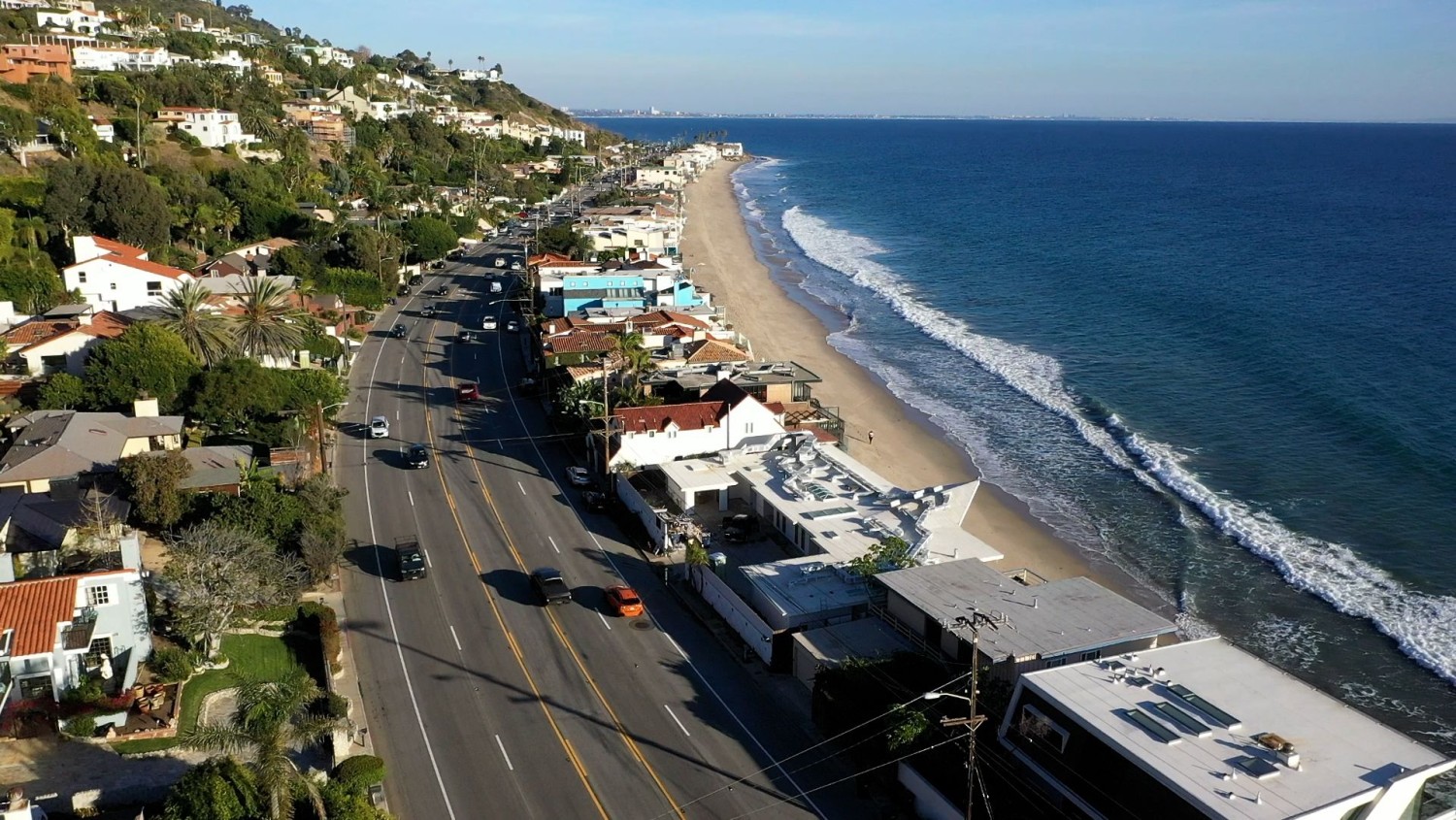
| Malibu, California (CNN) — Bridget Thompson says she should be dead.
If not for a late cheer team meeting on a Tuesday night in October, the Pepperdine University senior would have been with her four best friends — three were her roommates — heading to an off-campus mixer. “I should have been there and I usually would be there,” Thompson said. “I can just picture them in the car on the way there. I know they were listening to music and I know they were singing along.” The girls parked and were walking along the Pacific Coast Highway when prosecutors say a BMW going 104 miles per hour slammed into several parked cars before hitting and killing Niamh Rolston, Peyton Stewart, Asha Weir and Deslyn Williams – all Pepperdine seniors. Thompson was on her way to meet up with the girls when a friend texted to say they couldn’t be found. “I couldn’t get past where the police were,” Thompson said. “I just stood out there till 3 a.m. that night just calling any hospital.” The next morning an email from the school confirmed the news that “literally crushed my world,” she said. “It feels like four huge holes in my heart.” Deslyn was Thompson’s “first friend” at Pepperdine; Niamh “was like my other half”; Asha was “wise beyond her years”; and Peyton was “the most selfless person I ever met,” Thompson told CNN. “I cry all day… I really feel alone because it’s literally just me,” she said. “But I’m thankful that I could be here to make a change for them.” |

|
Thompson is now among those demanding safety changes along the iconic Pacific Coast Highway in Malibu. She helped dedicate a memorial on the scenic highway, which stretches the California coastline, featuring 58 white tires — one for each of the lives lost on the road in Malibu since 2010. “If change isn’t made, personally, I’ll feel unheard,” Thompson said. “And I’ll feel like (my friends) are unseen, undervalued.” She’s not alone. In that roadside memorial for victims, Emily Shane represents the very first tire. Her family is asking why 57 others have died since. ‘Dead Man’s Curve’ Nestled on a 21-mile strip of coastline between the Santa Monica mountains and the Pacific Ocean, Malibu attracts tourists and celebrities alike. Some of the biggest names in Hollywood, from Beyonce and Lady Gaga to Leonardo DiCaprio and Julia Roberts, have owned homes there. Its glistening beaches and world-renowned coastline have swelled the beach town of about 10,000 residents to a claustrophobic tourist mecca visited by millions of people annually. The PCH, also known as US 1, is not just Malibu’s main artery, it’s one of the only roads through town. |

|
“It’s Main Street plus parking for a beach,” said Los Angeles County Sheriff Capt. Jennifer Seetoo, who oversees the Malibu region. “It’s a walkway and you literally have people going 100 miles an hour.” Part of the highway near where the Pepperdine students were killed has even been dubbed “Dead Man’s Curve.” “The fact that it’s actually named Dead Man’s Curve and we’re not outraged by that is ridiculous,” said Michel Shane, a Malibu resident and film producer of hits like “Catch Me if You Can” and “I, Robot.” Shane’s 13-year-old daughter Emily was killed in 2010 along the PCH as she waited for her father to pick her up from a sleepover. “A car went racing by me, splitting lanes, going into the oncoming traffic,” Shane recalls of his short trip to the meeting point. “I said, ‘boy this guy is nuts.’”
Nestled on a 21-mile strip of coastline between the Santa Monica mountains and the Pacific Ocean, Malibu attracts tourists and celebrities alike. Some of the biggest names in Hollywood, from Beyonce and Lady Gaga to Leonardo DiCaprio and Julia Roberts, have owned homes there. Its glistening beaches and world-renowned coastline have swelled the beach town of about 10,000 residents to a claustrophobic tourist mecca visited by millions of people annually. The PCH, also known as US 1, is not just Malibu’s main artery, it’s one of the only roads through town. |

|
“It’s Main Street plus parking for a beach,” said Los Angeles County Sheriff Capt. Jennifer Seetoo, who oversees the Malibu region. “It’s a walkway and you literally have people going 100 miles an hour.” Part of the highway near where the Pepperdine students were killed has even been dubbed “Dead Man’s Curve.” “The fact that it’s actually named Dead Man’s Curve and we’re not outraged by that is ridiculous,” said Michel Shane, a Malibu resident and film producer of hits like “Catch Me if You Can” and “I, Robot.” Shane’s 13-year-old daughter Emily was killed in 2010 along the PCH as she waited for her father to pick her up from a sleepover. “A car went racing by me, splitting lanes, going into the oncoming traffic,” Shane recalls of his short trip to the meeting point. “I said, ‘boy this guy is nuts.’” Several 911 callers had already alerted deputies to the out-of-control driver. When Shane arrived to pick her up, the area was blocked off by authorities. Emily was hit with such force that she went airborne, striking a pole and continuing over a fence that lined an embankment along the road. “Probably about 10 or 15 minutes later they came out and told me that she had died,” Shane recalled. “I often say I was one person on April 3rd at 5:59 and I was another person at six o’clock.” Shane hoped his daughter’s death would create immediate, significant change – like turning the highway into a slow boulevard with a median and sidewalks. That hasn’t happened. “My daughter didn’t graduate. She would be 26 years old,” Shane said. “She doesn’t have a career, she doesn’t have a husband, she doesn’t have friends. What do we now know about exactly what happened to her?” He combined his grief and outrage with his career, producing the documentary “21 Miles in Malibu” in hopes of bringing awareness and education to the dangers of the PCH. |
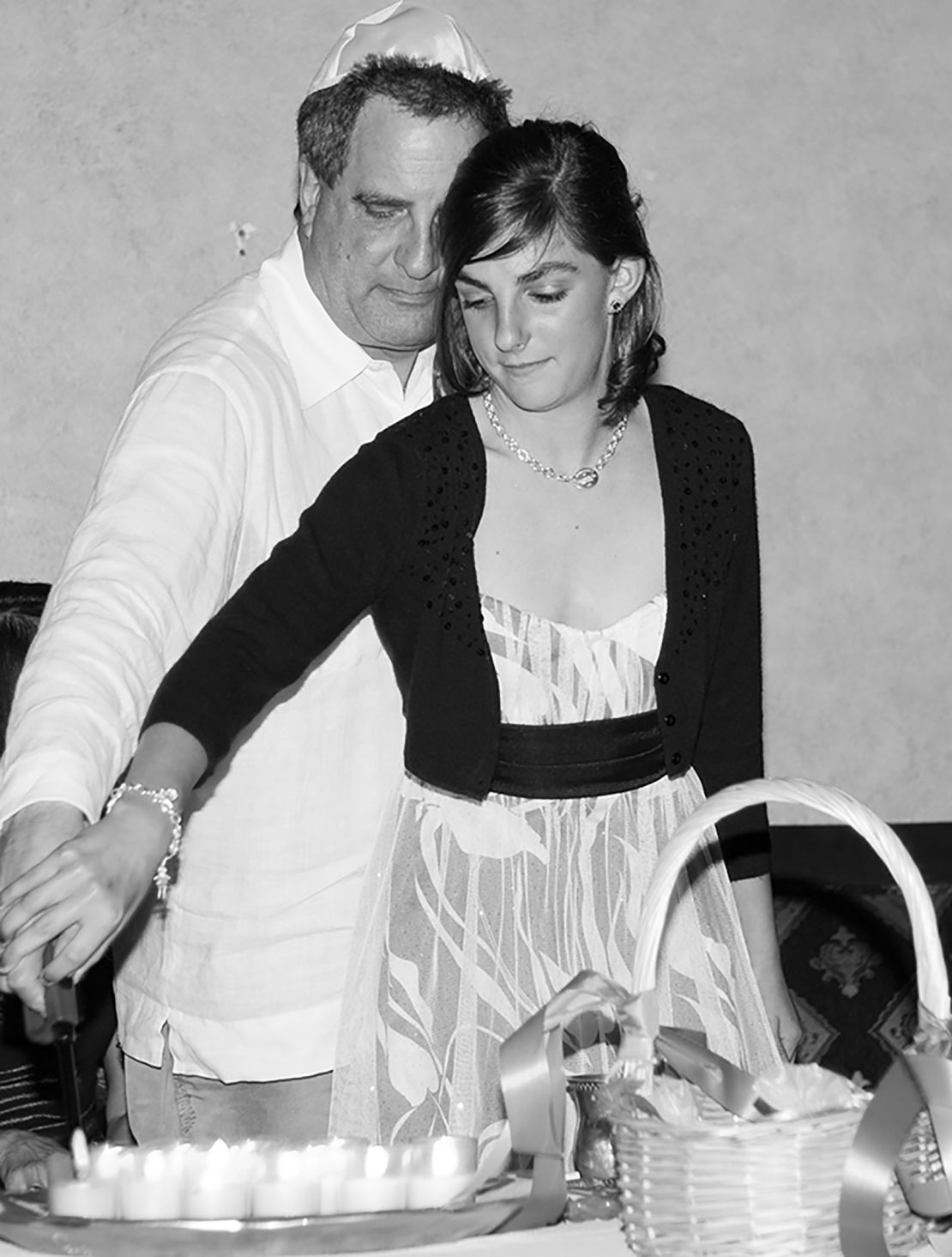
|
Shane is working to show the documentary in schools to change the culture around speed and fast cars, which he believes became glamorized in pop culture. Like progress made with seatbelts and drunk driving, Shane hopes speeding becomes just as stigmatized. “People still drink and drive, but then Mothers Against Drunk Driving started… and all of a sudden, drinking and driving really became taboo,” Shane said. “(Speed) needs to occur the same way.” Since Emily’s death, a PCH task force was formed among residents and community leaders. But still, 57 more people have died, including the four Pepperdine students. “It’s just a matter of time” before the next death, Shane said. “We can’t move fast enough to do what needs to be done.” But we’ve been at this juncture before, acknowledged Seetoo, the Sheriff’s captain. She points to nine pedestrians who died in 2021 alone. The public wasn’t “rocked because six of them were from my homeless population,” Seetoo said, adding the department handed out reflective strips for the unhoused to wear at night. ‘Don’t want them to die in vain’ |
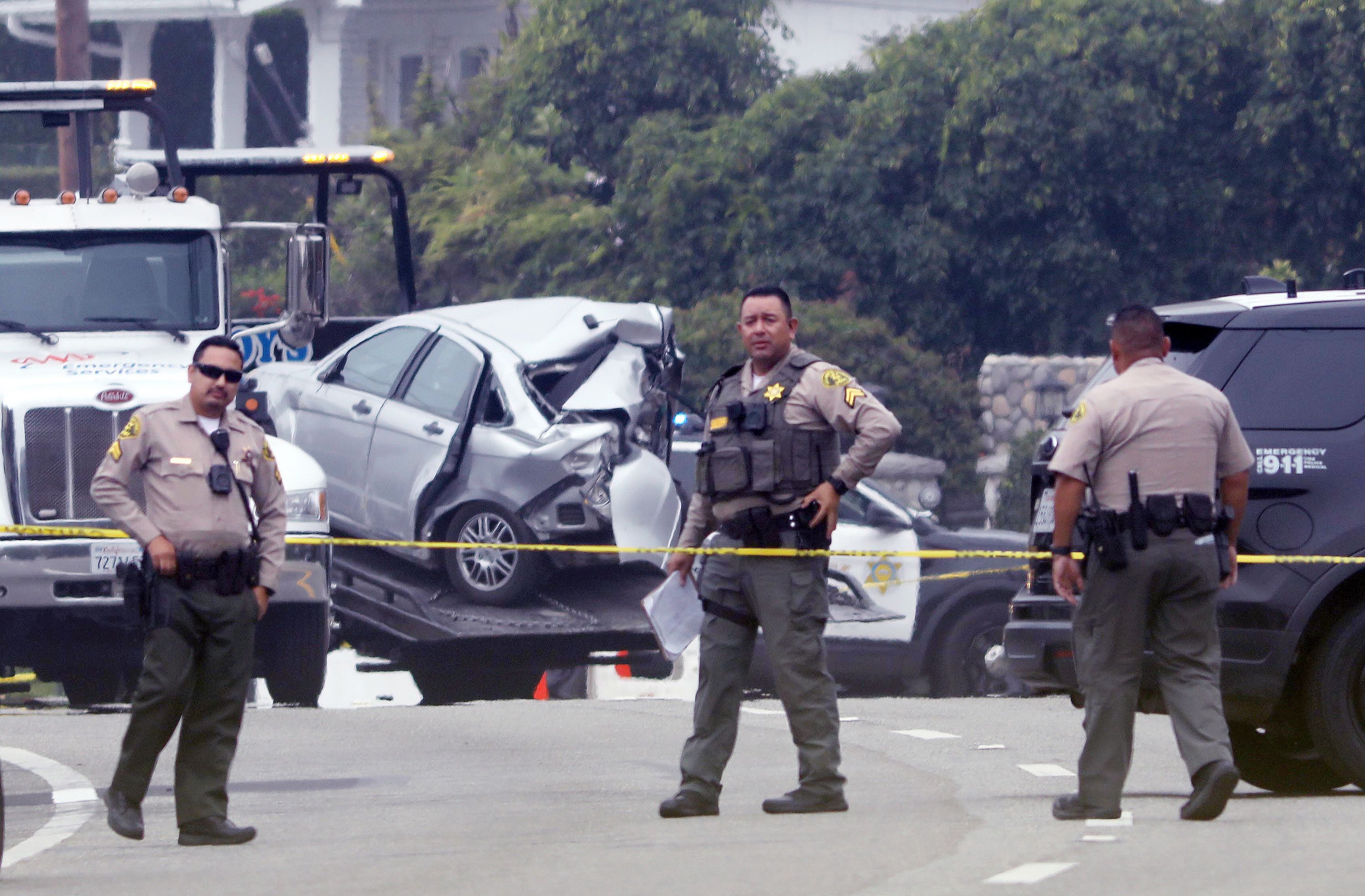
|
The California Department of Transportation, known as Caltrans, controls the state highway. It has synchronized the lights and is in the middle of a traffic safety study to consider changes to the road, including bike lanes and upgrades to pedestrian access, Caltrans said in a statement to CNN. But some, like Shane, want more done to slow the highway and discourage speeding. Caltrans said it must first conduct a speed zone survey, which it plans within six months, to determine if speeds can be lowered under state laws that allow for modifications in pedestrian-heavy areas. The speed in Malibu is 45, but excessive speeding is rampant, Seetoo said. Among 3,345 collisions in the last 10 years, county data shows the most common reason for crashes was excessive speed, accounting for 865 incidents. Seetoo, who responded to the crash killing the Pepperdine students, said understaffing is one factor that has made enforcement difficult. She wants to see speed cameras installed and believes the four students would be alive if they had been. |

|
“I’ll never forget looking into those parents’ eyes, it was literally the worst day of my career,” she said. “What if we pushed harder? What if we had those speed cameras? I don’t know if this would’ve happened.” The intersection where Emily died was renamed in her honor as “Emily Shane Way.” “Because the Emily Shane way is being kind, being good to others,” said Ellen Shane, Emily’s mother. She started a foundation in her daughter’s honor that pairs university students with younger children in need of mentors or tutors. “I had to do something to keep her memory alive, and it had to be helping other people because that’s what she was known for,” Shane said. Bridget Thompson wants the legacy of her lost friends to be a change to the highway. Graduating next year will be hard, but “they give me strength,” she said. “I just really don’t want them to die in vain.” Seetoo is optimistic they won’t “if we come together as a community.” In the meantime, a stack of white tires sits outside her office door, waiting to be added to the roadside memorial. |
